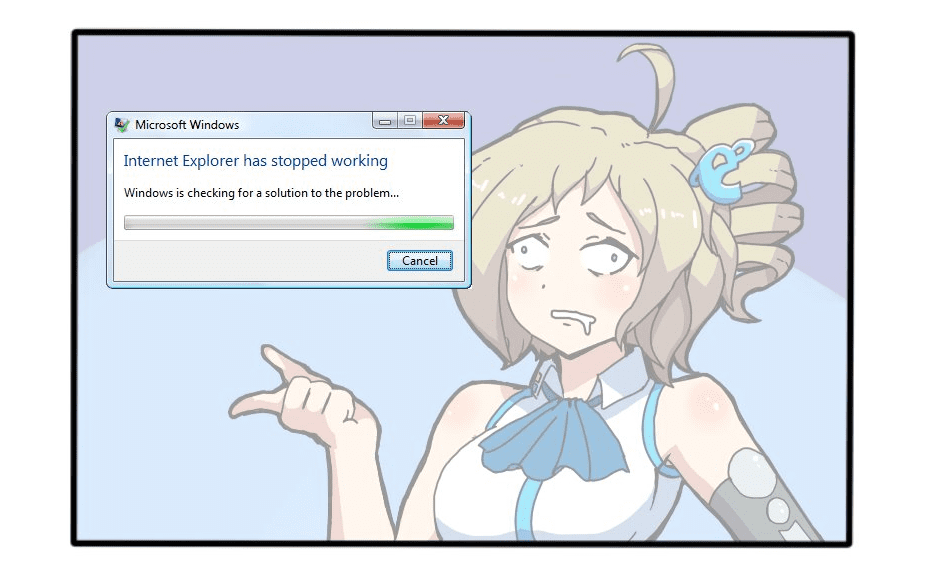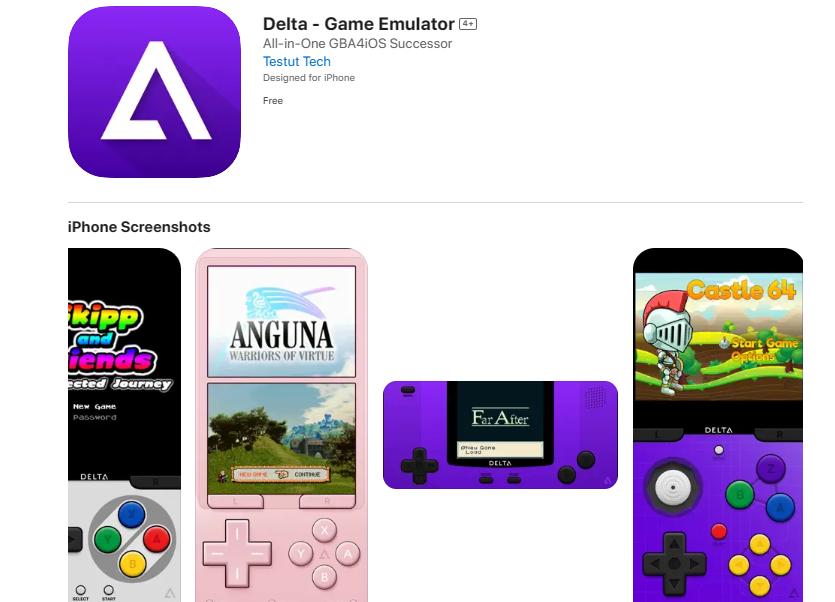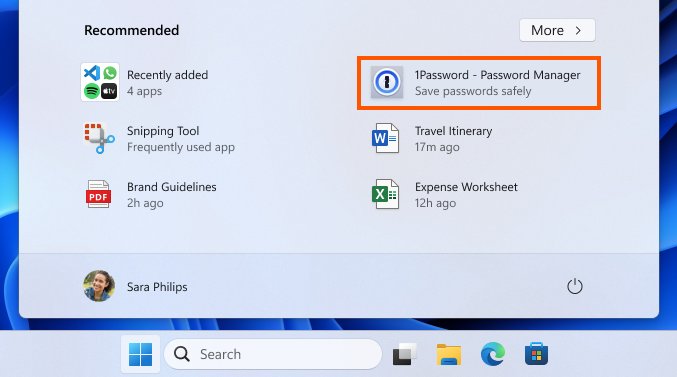Really, you should know better.
There are still a number of businesses out there using Internet Explorer as their web browser of choice. Mostly, this is due t the fact that IE supports a number of legacy web apps. Microsoft, however, knows this, and is pleading with these people to stop using the old, outdated browser.
In a recent blog post, Microsoft senior cybersecurity architect Chris Jackson lays out just how much of a costly domino effect continuing to use Internet Explorer is. Specifically, in the nature of “technical debt” created by continuing to use it since it’s an “easy button” for smaller organizations. Essentially, this means that, by taking the easy option now, they create a larger problem down the road.
In the past, Internet Explorer was optimized for simplicity at the expense of technical debt. Looking all the way back to Internet Explorer 6, the very concept of “standards mode” vs. “quirks mode” comes from this “easy button” approach. All existing content (which had no DOCTYPE) would get quirks mode; you got standards mode by adding a specific DOCTYPE.
This, of course, had one little pesky problem: most people neither manually type HTML nor obsessively read the documentation to make sure they get the right DOCTYPE. You see, in the bad old days, you couldn’t just put in <DOCTYPE HTML>, you had to put in a full document type definition (DTD), and what you put in determined whether you’d get standards or quirks. So, it wasn’t just the presence or absence of a declaration, but also whether you put in a correctly formatted and properly chosen DTD, that would promote you to standards mode.
So, what really happened is that developer tools either added this in the skeleton code, or they didn’t. Which meant, if your tool didn’t add this in, you would get Internet Explorer 5 emulation (quirks mode) by default. Getting modern was opt-in because that was easier.
Fast forward, as Internet Explorer standards mode supported more and more standards, we decided not to just update the mode we called standards mode because, when we did, we risked breaking applications written for an older interpretation of the standards. So, with Internet Explorer 8 (IE8), we added IE8 standards, but also kept Internet Explorer 7 (IE7) standards. That meant, for sites in the Internet zone, it would default to IE8 standards, but, for sites in the local intranet zone, it would default to IE7 standards.
Another easy button.– Chris Jackson
As you can see, by going with the “technical debt by default” approach, we ended up in a scenario whereby if you create a brand-new webpage today, run it in the local intranet zone, and don’t add any additional markup, you will end up using a 1999 implementation of web standards by default. Yikes!
While Microsoft did give the browser an “Enterprise Mode” which renders websites as they would’ve been on IE in the good old days back in 2014, that was, at this point, almost half a decade ago. But there’s only so much life support they can give to the old browser. Especially since, as your average user no longer uses IE, no one really develops their pages to be compatible with it anymore. So, basically, switching now is ultimately better than finding out that nothing works anymore later.
Source: Engadget
Image Source: SpideyHog on DeviantArt




